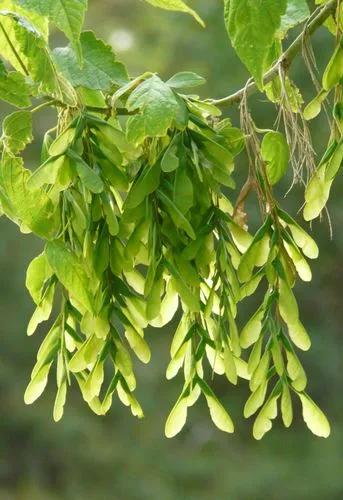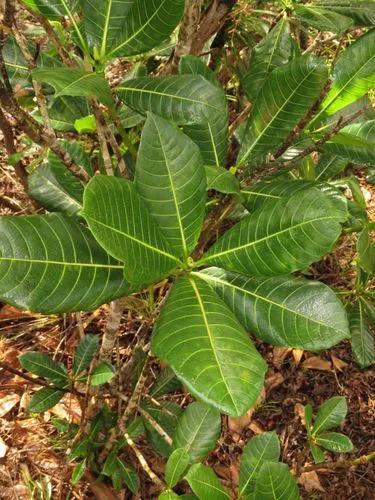Cunninghamia lanceolata is a species of tree in the cypress family, Cupressaceae. It is native to south-central and southeast China. Ornamentally C. lanceolata is commonly planted as a specimen tree in temperate zones.
Chinese Fir Care
Cunninghamia Lanceolata



Cunninghamia lanceolata, commonly known as Chinese Fir, is a tall conifer able to reach heights of 150 feet (45.7 meters) in mild climates. In North America, the height typically ranges from 30 to 50 feet (9.1 to 15.2 meters). In native forest land in China heights can reach up to 150 feet (45.7 meters) and 30 to 70 feet (9.1 to 21.3 meters) in a cultivated forest. The crown of the China Fir forms a pyramidal shape. The bark color typically ranges from dark gray to dark browns.Foliage consist of spiral leaf arrangements of green lanceolate shaped leaves.Male cones form in clusters of 10 to 30 while female cones form in clusters of 2 to 3. Seed cones are small and almost unnoticeable when first pollinated. The cones are mature after 7 months and range in size from 1 to 1.8 inches (2.5 to 4.5 cm) in length.Cunninghamia lanceolata is found in central China stretching towards the East Coast of China (including the Fujian, Guangdong, Guangxi, Guizhou, Hubei, Hunan, Jiangxi, Sichuan, Yunnan, Zhejiang regions).n China, roughly 30 percent of all timber plantations are composed of C. lanceolata, which covers an estimated 9 million hectares, primarily in southern China. The China fir is responsible for around 25 percent of all Chinese commercial timber production. Within the past 70 years plantations have tripled in area due to widespread planting and reforestation. Cunninghamia lanceolata is also used for carbon sequestration. Under the use of near natural forest management (NNFM), soils have the ability sequester carbon, and can be utilized to combat climate change. Carbon sequestration from NNFM has been shown to increase carbon stocks in soils with the aid of litter decomposition in topsoil.
How to Care for the Plant

Popularity

131 people already have this plant 16 people have added this plant to their wishlists
Discover more plants with the list below
Popular articles






